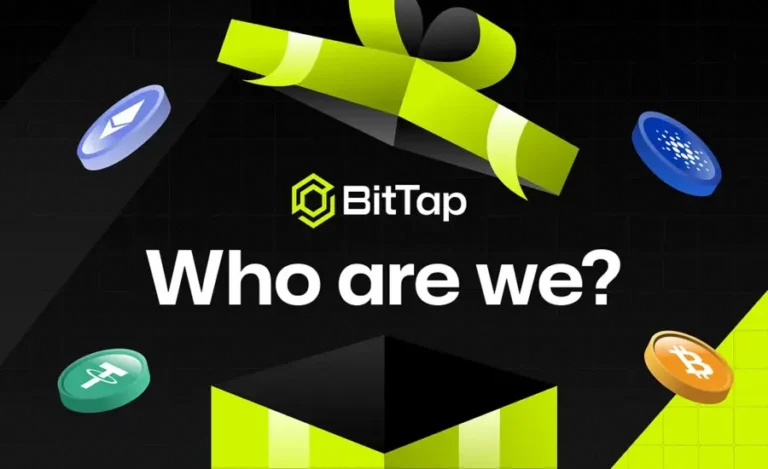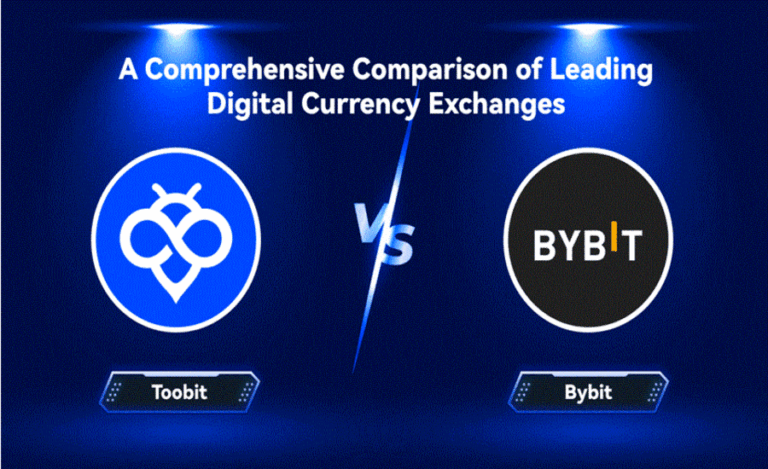How Decentralized Finance (DeFi) on Ethereum is Shaping the Future of Banking
There’s a shift happening right under our noses but it’s not getting the attention it deserves – likely because it’s not as sexy as the latest smartphone or as clickbait as a celebrity scandal. But for anyone paying attention to the future of finance, there’s a revolution happening and at the heart of it is decentralized finance, or DeFi, with Ethereum as its poster child.
Ethereum and the Not-So-Humble Beginnings
Ethereum wasn’t born in a vacuum. In 2015 when it went public it promised so much more than just another cryptocurrency. If Bitcoin was digital gold, Ethereum was the playground for developers who wanted to build decentralized applications (dApps). Its claim to fame was smart contracts – self-executing agreements coded onto the blockchain which removed the need for middlemen. You could pay your rent, buy digital art or even create complex financial instruments without a single bank in sight.
This “programmable money” was the precursor to something even bigger: decentralized finance, or DeFi, a concept so big it’s about to change the very fabric of global finance.
DeFi: No Middlemen, No Problems?
DeFi is the opposite of traditional finance. Think about all the layers of bureaucracy you have to navigate when dealing with a bank or financial institution. Whether it’s applying for a loan or transferring funds across borders, traditional systems have delays, high fees and lots of hurdles to jump over.
Enter DeFi. No middlemen. No hurdles. Just smart contracts on Ethereum where you can lend, borrow, earn interest and trade – just like you would at a traditional financial institution – except everything is open-source and peer-to-peer. It’s like tearing down the walls of the bank and letting anyone in the world in.
The catch? You have to manage your own funds. There’s no friendly (or unfriendly for that matter) bank teller to help. But for the financially literate and those comfortable with tech the idea of being in control of your own assets is intoxicating.
Ethereum: The Heart of DeFi
Ethereum isn’t just another piece of the puzzle when it comes to decentralized finance—it’s the whole engine. Most DeFi projects run on Ethereum’s blockchain. Why? Because Ethereum allows developers to create decentralized apps (dApps) with no restrictions. If Bitcoin is a calculator, Ethereum is a full programmable computer—way more powerful.
So what does that mean for you? Let’s say you want to borrow money. In traditional finance you go to a bank, fill out a form, show them your credit history and hope you get approved. In DeFi you can take out a loan on Ethereum by putting up crypto as collateral. It’s fast, it’s transparent and no gatekeepers. You interact with a smart contract and the terms are executed automatically.
DeFi also allows you to earn money through “yield farming” or “liquidity mining”. You can lend your crypto to a decentralized platform and get interest—sometimes way more than your regular savings account. No need to ask a bank manager, no forms, just code and crypto.
The DeFi Boom and Why It Matters
In 2020 DeFi went boom. The total value locked in DeFi protocols went from around $1 billion in January to over $15 billion by the end of the year. This wasn’t just hype, it was proof of concept for decentralized finance. And Ethereum was the pipe through which all that value flowed.
One of the best things about DeFi is its global reach. In traditional finance your access to financial products is limited to where you live and what institutions are available to you. DeFi has no borders. Whether you’re in New York or Nairobi as long as you have an internet connection and some crypto you can access the same opportunities.
And here’s the kicker: It’s not just about lending or borrowing money. DeFi platforms allow people to create new digital assets, trade complex financial instruments or even insure themselves against risk, all without ever setting foot in a bank.
The Hurdles
Of course it’s not all good news. Decentralized finance is still in its infancy and with that comes risk. The code behind smart contracts can be buggy and if there’s an error there’s no customer support to help you. If you lose your funds they’re gone—forever.
Plus the Ethereum blockchain itself has limitations, especially when it comes to scalability. At peak times the network can get congested and transaction times slow and fees high. The Ethereum devs are well aware of this and are working on upgrades like Ethereum 2.0 which will improve speed and efficiency.
Security is a concern. DeFi protocols have been hacked and exploited and millions of dollars lost. But in true tech enthusiast fashion the DeFi community views these challenges as opportunities not problems to be solved.
Mainstream Adoption
So is Ethereum and DeFi the future of finance? Too early to tell but the signs are good. As Ethereum upgrades and more people get comfortable with the idea of DeFi we could see a fundamental change in how the world views money and banking.
Financial inclusion is also a big selling point for DeFi. In a world where millions are unbanked or underbanked DeFi could be the solution. If all you need is an internet connection to access financial products then suddenly people in remote areas have the same opportunities as someone in a major financial centre.
Ethereum’s role in this is undeniable. It’s more than just a cryptocurrency it’s the foundation upon which a new financial system is being built. And yes there are challenges to overcome but the potential for DeFi and Ethereum to disrupt traditional finance is too big to ignore.
Much to go but one thing for sure the financial world will never be the same. Ethereum is the road and DeFi is the destination.






